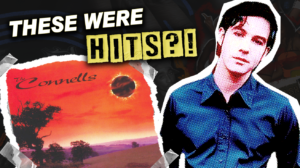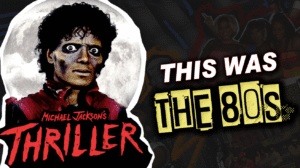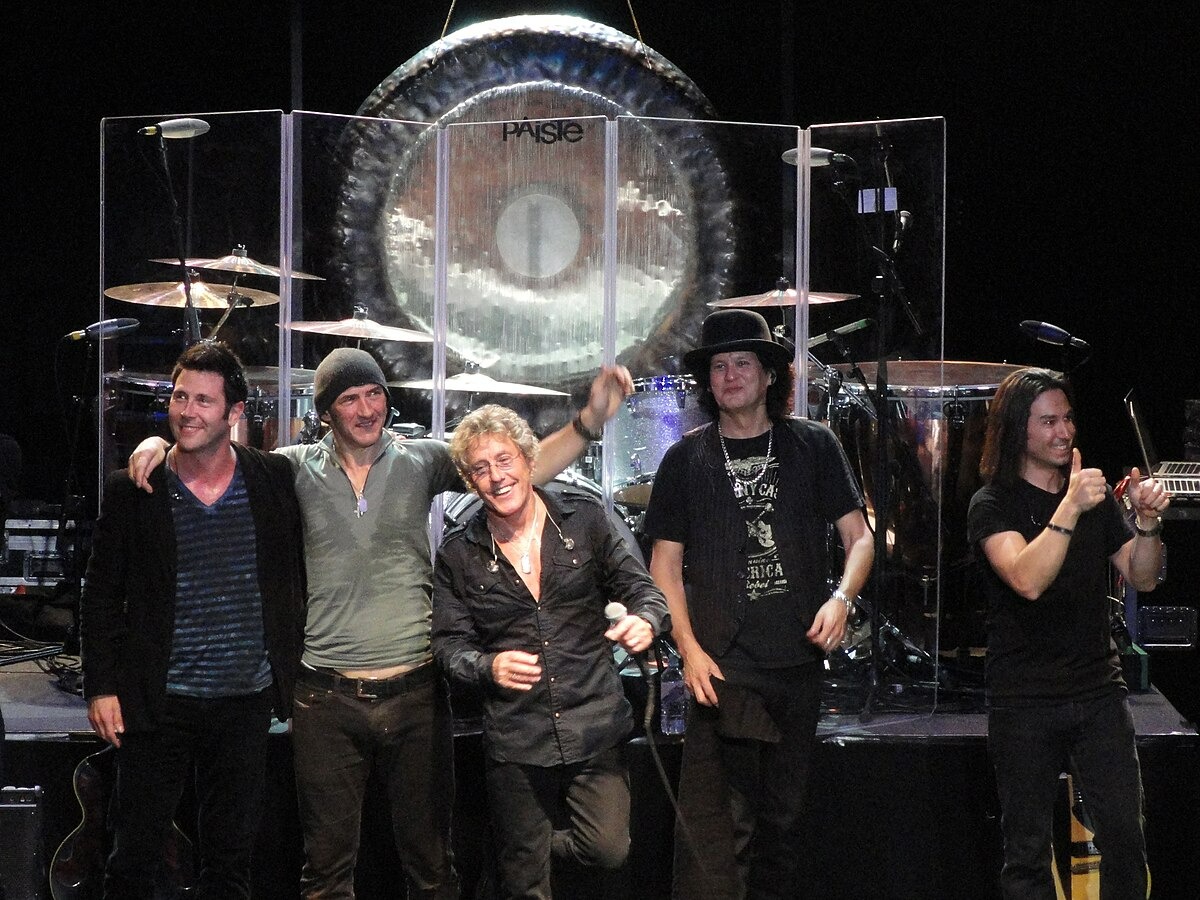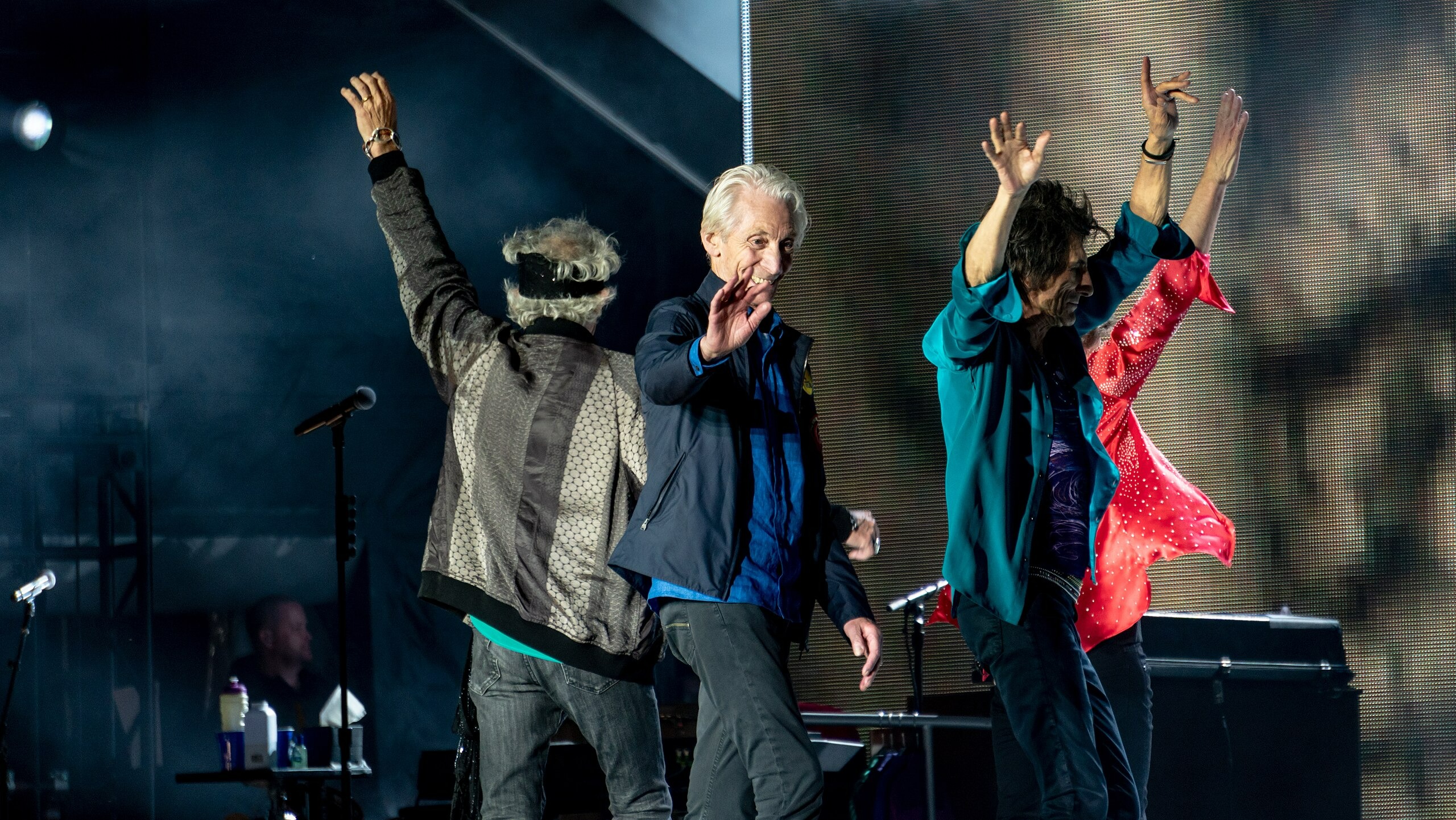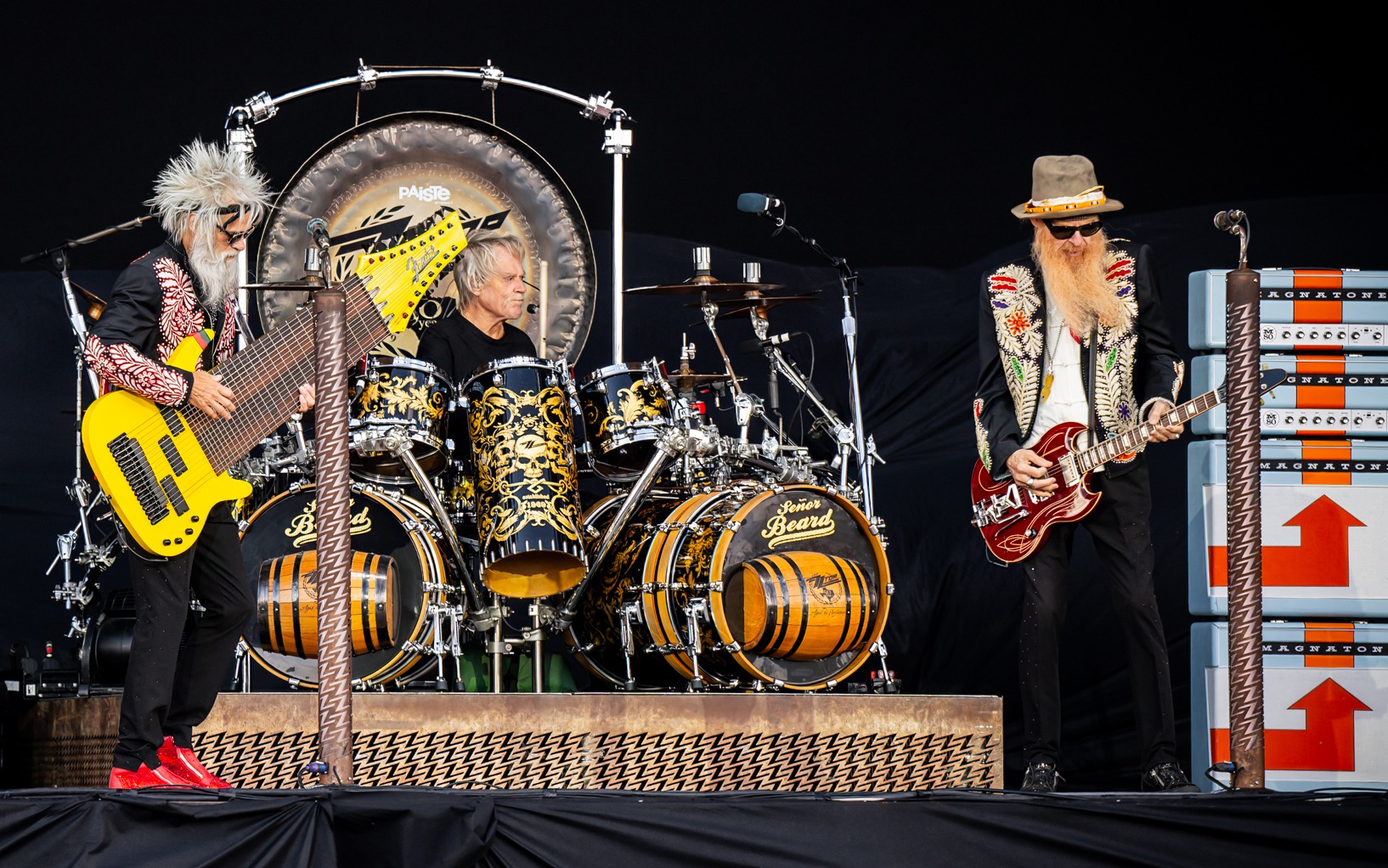
From the soul-stirring heights of “O Holy Night” to the modern pop perfection of Mariah Carey’s “All I Want for Christmas Is You,” holiday music has become an essential part of Christmas celebrations worldwide. These songs have shaped our cultural understanding of the season, crossing genres and generations while generating millions in royalties and countless memories, with standouts like Bing Crosby’s “White Christmas” becoming the best-selling single of all time.
Behind these beloved songs lies remarkable craftsmanship, often created in unexpected conditions. Many were recorded during summer heatwaves, with artists and producers laboring to capture winter magic in sweltering studios. From Brenda Lee’s precocious recording of “Rockin’ Around the Christmas Tree” at age 13 to George Michael’s synthesizer-driven “Last Christmas,” each of these 25 tracks represents a unique moment in music history.
25. All I Want For Christmas Is You

Mariah Carey released this modern classic in 1994. The song combines traditional holiday elements with R&B-influenced pop production techniques that revolutionized Christmas music. Professional musicians praise its complex chord progression and layered vocal arrangements, while radio programmers consistently rank it among their most-requested holiday songs. The track earned Carey her first Diamond certification from the RIAA in 2021, marking 10 million sales.
The songwriting collaboration between Carey and Walter Afanasieff produced a masterwork of commercial holiday music. Advanced audio engineering techniques created the song’s signature “wall of sound” using synthesizers, bells, and a full choir. The producers recorded each instrument separately to achieve perfect clarity in the mix. Holiday radio stations have played “All I Want For Christmas Is You” more than 4 million times since its release, generating over $60 million in royalties.
24. Last Christmas
Wham! recorded “Last Christmas” during a heatwave in August 1984. George Michael composed, performed, and produced every element of the song at his home studio, demonstrating his growing musical sophistication. Studio engineers captured the track’s distinctive synthesizer sound using a Roland Juno-60, which gives the song its warm, nostalgic quality. The song has sold over 2 million copies in the UK alone.
The music video, shot in Switzerland, cost more than the song’s entire recording budget. George Michael wrote the lyrics in under an hour but spent weeks perfecting the instrumental arrangement. Musicians consider the track a masterclass in 1980s pop production techniques. The song continues to generate significant royalties, with new artists recording cover versions every year.
23. Santa Tell Me

Ariana Grande brought fresh energy to holiday music with this 2014 release. The song showcases Grande’s four-octave vocal range while incorporating modern pop production elements. Producer Ilya Salmanzadeh used state-of-the-art digital recording techniques to capture Grande’s precise vocal runs. Music critics praised the song’s blend of traditional Christmas themes with contemporary R&B influences.
The recording process took place at Republic Records’ studios in New York City. Grande completed the main vocal track in just three takes, impressing veteran sound engineers with her technical precision. The production team layered jingle bells and synthetic sleigh bells to create a distinctive holiday atmosphere. Professional DJs frequently cite this song as one of the most dance-floor-friendly Christmas tracks of the modern era.
22. Merry Christmas Everyone
Shakin’ Stevens captured lightning in a bottle with this 1985 holiday hit. The Welsh rock and roll singer recorded the track during a summer session at London’s prestigious Abbey Road Studios. Producer Dave Edmunds insisted on using vintage equipment to achieve an authentic rock and roll sound. The song topped the UK Christmas charts during its initial release.
The recording features a full brass section and a genuine sleigh bell rack from the BBC sound effects department. Stevens completed the lead vocal in a single afternoon, though mixing took nearly two weeks. Sound engineers pioneered new techniques to blend traditional Christmas instruments with rock and roll arrangements. The song earns significant annual royalties from its use in television shows and advertisements.
21. Rockin’ Around The Christmas Tree
Brenda Lee recorded this holiday standard at age 13 in 1958. Producer Owen Bradley assembled Nashville’s top session musicians for the recording, including legendary guitarist Hank Garland. The saxophone solo, performed by Boots Randolph, has influenced generations of rock and roll musicians. Music historians consider this recording a perfect fusion of country, rock, and Christmas music.
The song’s innovative arrangement combines traditional Christmas elements with early rock and roll energy. Bradley positioned microphones throughout the studio to capture the natural ambiance of the room. Session musicians completed the basic track in just three takes, though Lee’s vocals required several attempts to achieve the desired effect. The recording continues to earn substantial royalties, particularly from its use in films and television shows.
20. Blue Christmas

Elvis Presley transformed this country-tinged holiday lament in 1957. The King’s signature vocal style turned a simple melody into a masterpiece of emotional delivery at RCA Studio B in Nashville. Producer Steve Sholes brought in the Jordanaires to provide their distinctive backup harmonies, while Millie Kirkham added her signature high soprano vocals. Recording engineers used newly developed techniques to capture Presley’s natural reverb in the studio.
Studio documentation reveals Presley recorded the song in just eight takes. The arrangement borrowed heavily from country music traditions while incorporating elements of rhythm and blues. Guitarist Scotty Moore provided the song’s memorable electric guitar fills using his Gibson Super 400. Professional musicians frequently study this recording for its masterful blend of musical genres and innovative microphone placement techniques.
19. Let It Snow! Let It Snow! Let It Snow!
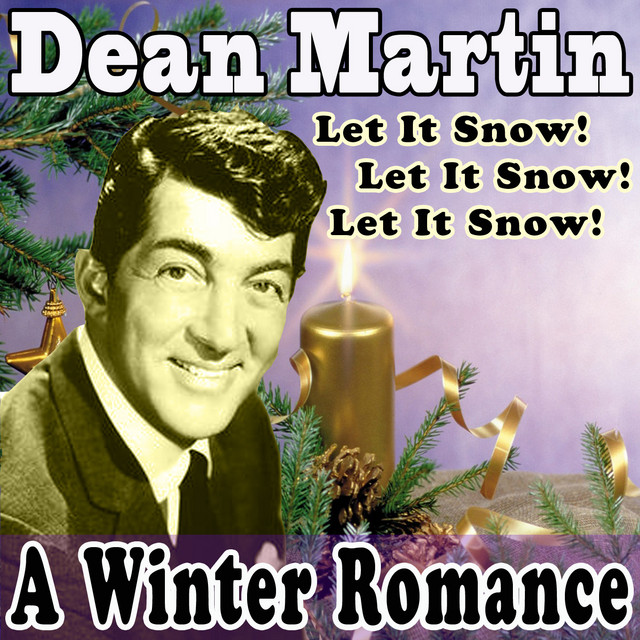
Dean Martin recorded his definitive version in 1959 at Capitol Records. Producer Lee Gillette created an intimate atmosphere in Studio A by positioning the orchestra and Martin in close proximity. The arrangement showcases Martin’s relaxed vocal style against a sophisticated orchestral backdrop. Sound engineers utilized Capitol Record’s famous echo chambers to add warmth to the recording.
The session employed over twenty musicians, including members of the Hollywood String Quartet. Martin’s casual delivery masks the technical complexity of the arrangement, which includes intricate countermelodies in the strings. Recording notes indicate the basic track required only four takes, though overdubs took several additional hours. Music industry professionals consider this version the gold standard for traditional pop Christmas recordings.
18. White Christmas
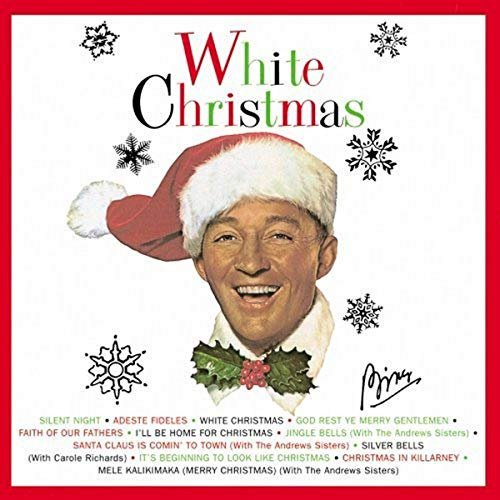
Bing Crosby first recorded this Irving Berlin classic in 1942 at Decca’s Hollywood studios. The eighteen-minute session produced a recording that would become the best-selling single of all time. Producer Jack Kapp insisted on multiple takes to capture the perfect blend of Crosby’s voice with the John Scott Trotter Orchestra. The original master deteriorated from overuse, requiring Crosby to re-record the song in 1947.
Sound engineers pioneered new microphone techniques to capture Crosby’s distinctive bass-baritone voice. The arrangement features subtle instrumental touches, including a celesta that adds a distinctive sparkle to the introduction. Studio musicians recall Crosby’s incredible ability to nail the emotional delivery while maintaining precise pitch and timing. The recording has generated more than $50 million in royalties since its release.
17. Jingle Bell Rock

Bobby Helms turned this rock and roll holiday song into a permanent part of Christmas music history in 1957. Nashville producer Paul Cohen assembled an all-star group of session musicians for the recording. The distinctive guitar riff, played by Hank Garland, required several hours of experimentation to perfect. Sound engineers used multiple microphone setups to capture the full range of instruments clearly.
The recording took place at Owen Bradley’s famous Quonset Hut studio in Nashville. Session documentation shows the musicians spent considerable time working out the song’s unique arrangement, which blends country music instrumentation with rock and roll rhythms. Helms recorded his vocal track separately to achieve better control over the final mix. Professional musicians regularly cite this recording as an early example of the Nashville Sound crossing over into mainstream pop music.
16. Happy Xmas (War Is Over)
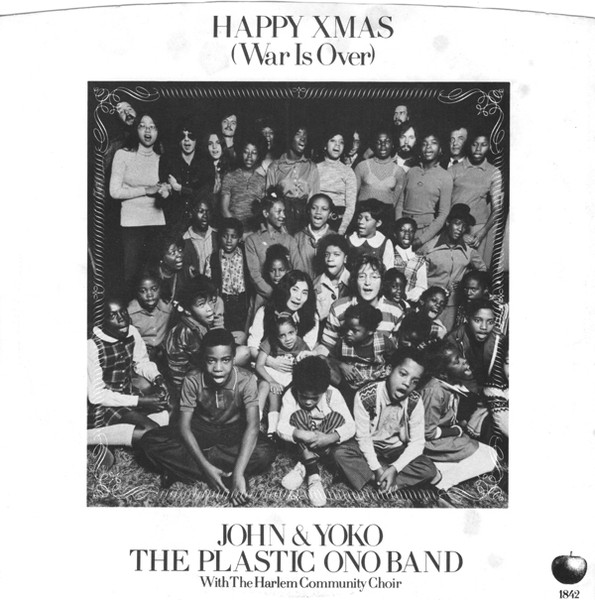
John Lennon and Yoko Ono created this protest song turned Christmas standard in 1971. Producer Phil Spector applied his Wall of Sound technique to the recording, using multiple instruments playing in unison. The Harlem Community Choir added their voices to create the song’s powerful chorus. Engineers at Record Plant Studios in New York City used eight-track recording technology to capture the complex arrangement.
Recording sessions stretched over several weeks as Lennon and Spector perfected each element. The basic track features acoustic guitars, mandolins, and a full rhythm section playing together in the studio. Session musicians recall Lennon’s attention to detail, particularly in crafting the distinctive slide guitar parts. Music critics consider this song a masterpiece of arrangement and production, combining protest music with traditional Christmas elements.
15. Have Yourself a Merry Little Christmas
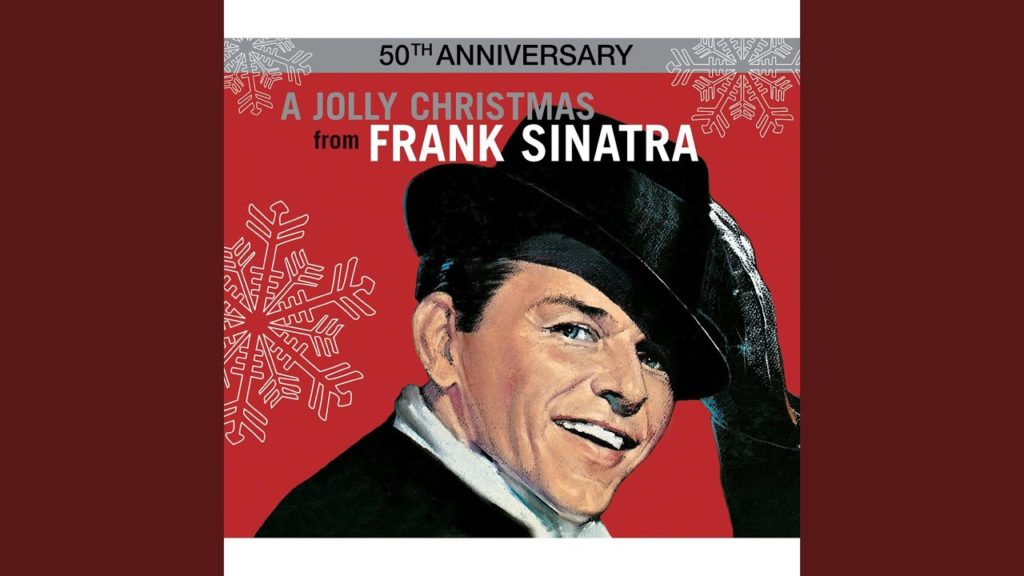
Frank Sinatra cemented this song’s status as a holiday classic with his 1957 Capitol Records recording. The session featured a Nelson Riddle arrangement that transformed the originally melancholic tune into a more optimistic standard. Studio veterans recall Sinatra requesting specific lyric changes to lighten the mood of the song. Recording engineer John Palladino captured the performance using Capitol’s state-of-the-art three-track system.
The orchestra recorded live with Sinatra in Capitol’s Studio A, creating perfect dynamic interplay between voice and instruments. Riddle’s arrangement showcases sophisticated jazz harmonies while maintaining the song’s intimate feeling. Session documentation reveals Sinatra completed his vocal performance in just three takes, though he insisted on several playbacks to ensure the emotional delivery met his standards. Professional vocalists study this recording for its masterful phrasing and breath control.
14. O Holy Night
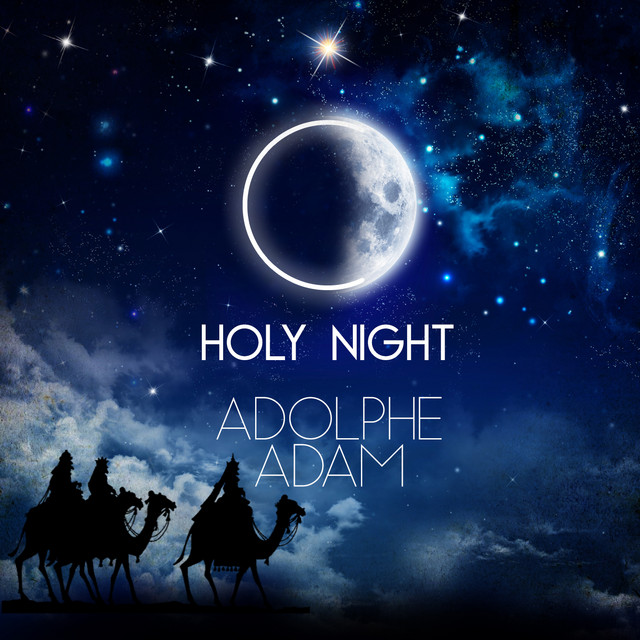
This centuries-old carol gained new life through Adolphe Adam’s 1847 musical setting. Professional singers consider it the ultimate test of vocal control and range during holiday performances. The song demands exceptional breath support to handle its sustained high notes and dramatic dynamic changes. Choir directors often choose this piece as the centerpiece of Christmas concerts due to its powerful emotional impact.
The song’s complex musical structure requires singers to navigate challenging intervals and dramatic key changes. Musical analysis reveals a sophisticated harmonic progression that builds tension throughout the piece. Voice teachers use this carol to help students develop proper breath support and vocal placement. The orchestral arrangement typically features a full complement of strings and brass, though piano-only versions remain popular in smaller settings.
13. Silent Night
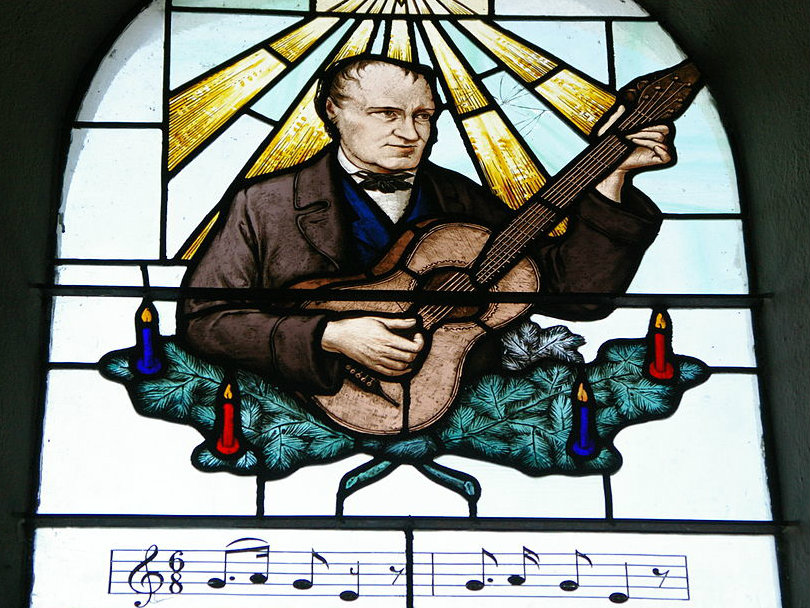
Franz Gruber composed this beloved carol in 1818 under remarkable circumstances in Oberndorf, Austria. The song’s first performance featured just guitar accompaniment because the church organ had broken. Musicians value its elegant simplicity, which allows for both simple and complex harmonic arrangements. Church musicians consider this piece essential for Christmas Eve services.
The carol’s enduring popularity stems from its gentle melodic line and accessible vocal range. Modern arrangers continue to find new ways to present the familiar tune while respecting its original character. Professional vocalists appreciate the song’s opportunities for subtle dynamic variation. Historical research shows the carol spread rapidly throughout Europe in the 1800s, carried by traveling folk singers and church musicians.
12. Mary, Did You Know?
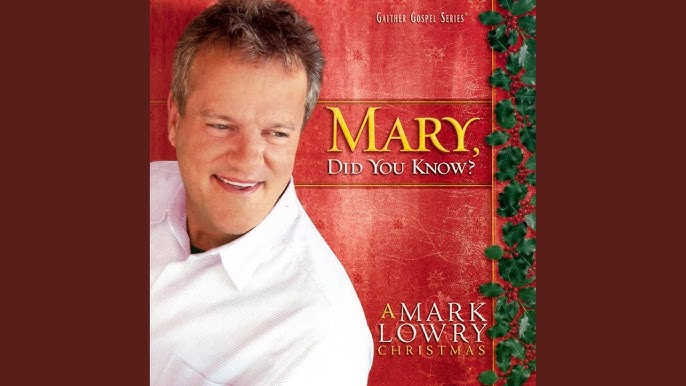
Mark Lowry wrote these profound lyrics in 1984 while working on a church Christmas program. Buddy Greene composed the melody in 1991, creating a modern carol that quickly gained popularity among contemporary Christian artists. Recording artists appreciate the song’s dramatic arc and opportunities for personal interpretation. Studio musicians often remark on the composition’s sophisticated chord progressions.
Professional performers have recorded hundreds of versions in various styles. The song’s structure allows for arrangements ranging from simple acoustic presentations to full orchestral treatments. Music educators use this piece to teach storytelling through musical interpretation. Industry professionals cite the song’s careful balance of theological depth and emotional accessibility as key factors in its lasting appeal.
11. Happy Holiday
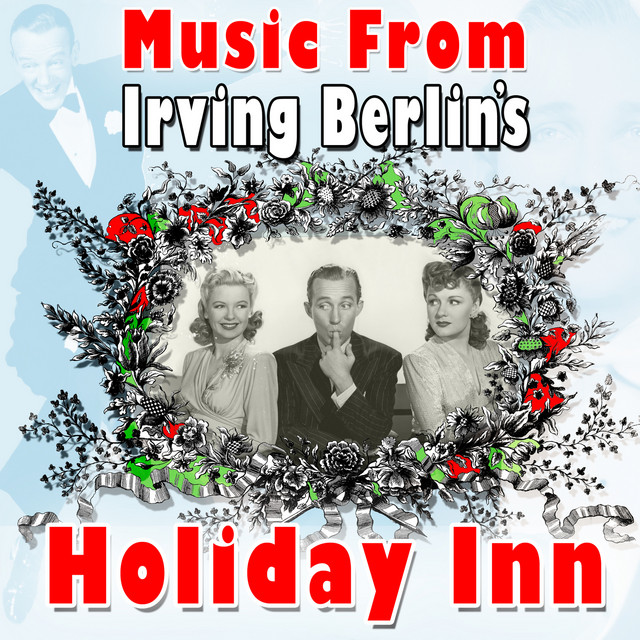
Irving Berlin wrote this upbeat standard in 1942 for the film “Holiday Inn.” Bing Crosby’s original recording set the template for future versions with its bright tempo and optimistic mood. Professional arrangers admire Berlin’s skill in crafting a melody that works equally well as a small combo number or full orchestral piece. Studio musicians from the original recording session noted Berlin’s attention to rhythmic details.
The song demonstrates Berlin’s genius for creating memorable melodies that sound effortless but contain subtle complexities. Modern performers continue to find fresh approaches to the familiar tune. Dance arrangers particularly appreciate its steady rhythm and clear phrase structure. Music publishers report consistent annual licensing revenue from this piece, especially in retail and entertainment settings.
10. It’s Beginning to Look a Lot Like Christmas
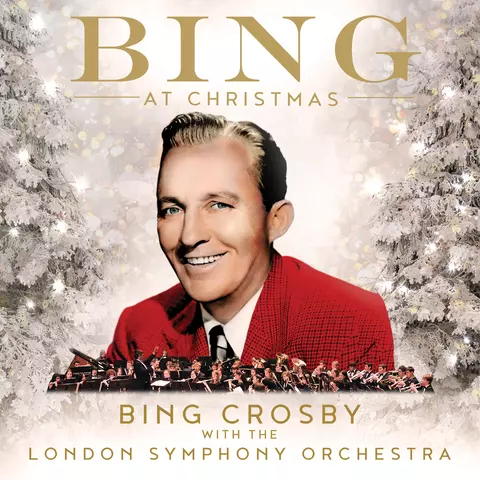
Meredith Willson composed this seasonal favorite in 1951 during a stay at the Grand Hotel in Yarmouth, Nova Scotia. Perry Como and The Fontane Sisters introduced the song with Mitchell Ayres’ Orchestra, creating an instant standard. Recording engineers captured the performance using innovative microphone techniques that highlighted both the vocals and orchestral arrangement. Professional musicians praise the song’s sophisticated chord changes and memorable counter-melodies.
The recording process utilized RCA Victor’s newest three-track technology in their New York studios. Studio documentation shows careful attention to balancing the sisters’ harmonies with Como’s lead vocal. The arrangement features distinctive bell sounds that required special placement of microphones to capture properly. Music industry veterans consider this recording significant for its technical achievements and commercial success.
9. The Christmas Song (Chestnuts Roasting on an Open Fire)
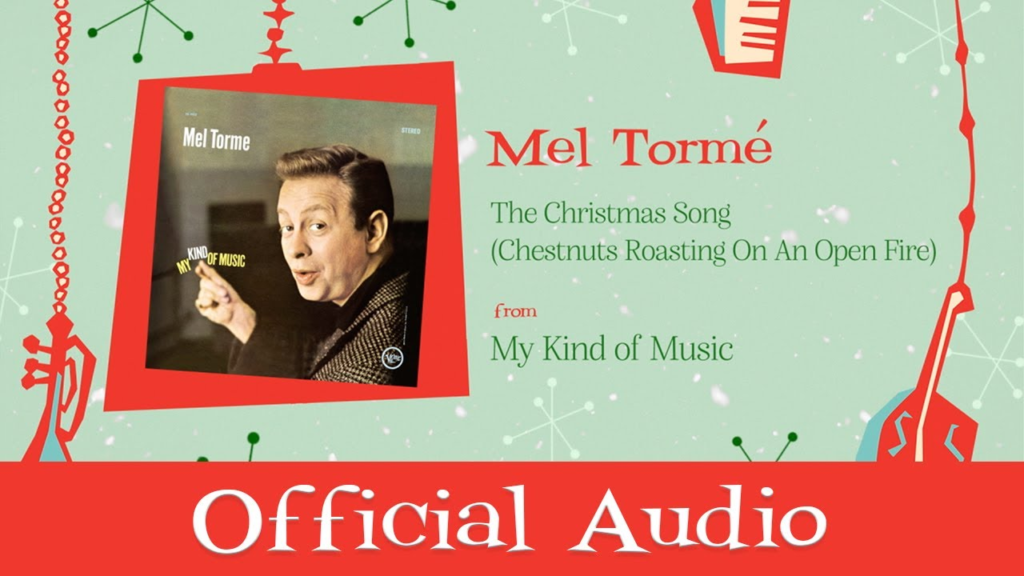
Mel Tormé and Bob Wells wrote this holiday standard during a sweltering July day in 1945. Nat King Cole recorded the definitive version in 1961 with conductor Ralph Carmichael. The session took place at Capitol Record’s Studio A, where engineers used the studio’s famous echo chambers to enhance Cole’s velvet voice. Music historians consider this recording the perfect marriage of voice, arrangement, and technical execution.
Cole’s quartet created the basic track live in the studio, with orchestral overdubs added later. Sound engineers positioned multiple microphones to capture the natural ambiance of the room. Studio musicians recall Cole’s perfectionism during the session, requiring several takes to achieve the desired intimate feeling. The recording continues to serve as a benchmark for holiday jazz arrangements.
8. Wonderful Christmastime

Paul McCartney recorded this synthesizer-driven holiday song in 1979 at his farm studio in Scotland. He played every instrument on the track, showcasing his multi-instrumental talents. The recording features extensive use of the Sequential Circuits Prophet-5 synthesizer, creating its distinctive sound. Audio engineers credit the song’s unique sonic character to McCartney’s experimental recording techniques.
Studio documentation shows McCartney built the track layer by layer over several days. The innovative use of synthesizers influenced holiday music production throughout the 1980s. Recording professionals study this track for its creative use of limited technology. The song demonstrates McCartney’s ability to craft memorable melodies while pushing technical boundaries.
7. Little Drummer Boy

Katherine Kennicott Davis wrote this carol in 1941 as “Carol of the Drum.” The Harry Simeone Chorale recorded the most famous version in 1958. Studio engineers captured the performance using minimal microphone setups to maintain the song’s organic feel. Professional choral directors praise the arrangement’s effective use of dynamics and counter-melodies.
The recording showcases traditional choral techniques while incorporating subtle percussion elements. Sound engineers positioned the choir to achieve natural balance without artificial enhancement. Session records indicate minimal editing was required to complete the final master. Music educators frequently use this recording to demonstrate proper choral blend and diction.
6. Feliz Navidad

José Feliciano created this bilingual holiday phenomenon in 1970 at Criteria Studios in Miami. The Puerto Rican singer-guitarist recorded the basic track live with a small rhythm section to capture authentic Latin energy. Producer Rick Jarrard insisted on minimal overdubs to maintain the song’s organic feel. Sound engineers used carefully placed microphones to capture both Feliciano’s acoustic guitar and distinctive voice clearly.
The song took just six hours to record and mix, a testament to Feliciano’s preparedness. Musicians praise its brilliant simplicity – just three chords and twenty words in two languages. Studio documentation shows the percussion tracks required special attention to achieve the proper festive feel. Record industry professionals cite this song as a masterclass in cross-cultural commercial appeal.
5. The First Noel
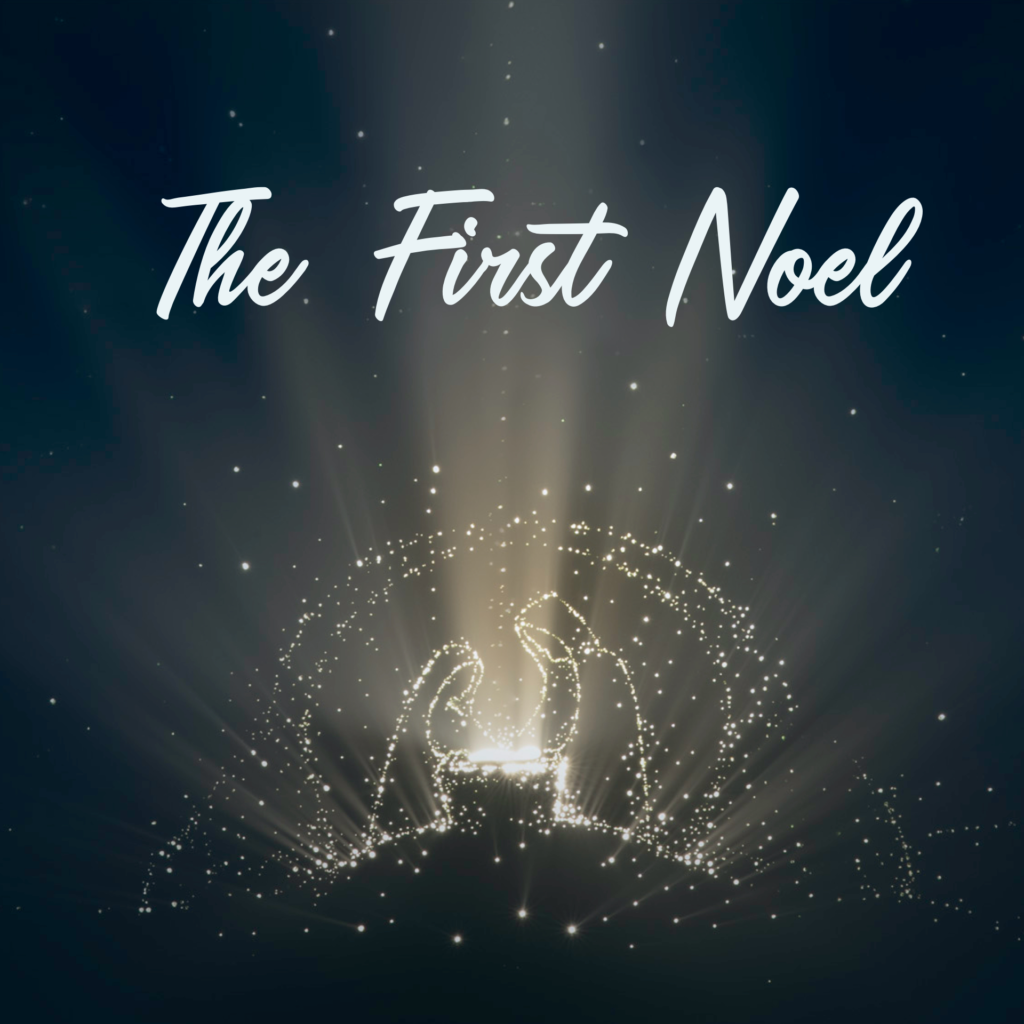
Traditional English carolers developed this ancient song over centuries before its first published version in 1833. Modern arrangers continue to find fresh approaches to its timeless melody. Professional musicians appreciate the song’s modular structure, which allows for extensive variation in harmony and instrumentation. Choral directors often program this piece to showcase their ensemble’s dynamic control.
The carol’s enduring popularity stems from its strong melodic line and storytelling elements. Musical analysis reveals sophisticated options for harmonization despite its simple melody. Church musicians value its flexibility, working equally well with choir, congregation, or instrumental ensemble. Historical research indicates the song originated in France, though English traditions shaped its current form.
4. Joy to the World
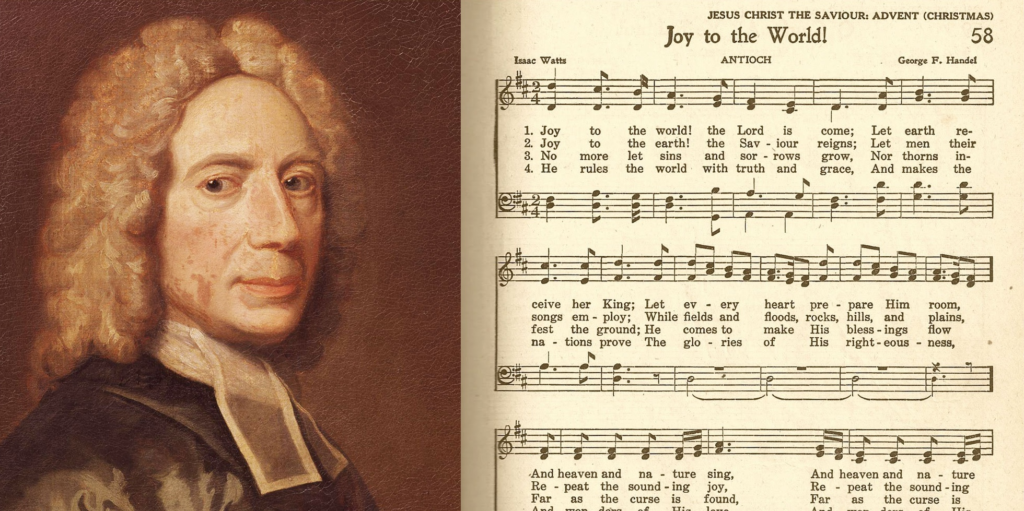
Isaac Watts adapted this beloved carol from Psalm 98 in 1719. Lowell Mason later created the familiar melody, borrowing phrases from Handel’s Messiah. Orchestral arrangers prize this piece for its dramatic possibilities and strong bass line. Professional brass players particularly enjoy performing this carol due to its fanfare-like qualities.
The song offers rich opportunities for varied instrumental and vocal arrangements. Music theorists note its perfect marriage of words and music, where rising melodic phrases match textual emphasis. Recording engineers must carefully balance brass and percussion when capturing full orchestral versions. Church musicians consider this piece essential for Christmas services due to its combination of accessibility and musical sophistication.
3. Hark! The Herald Angels Sing
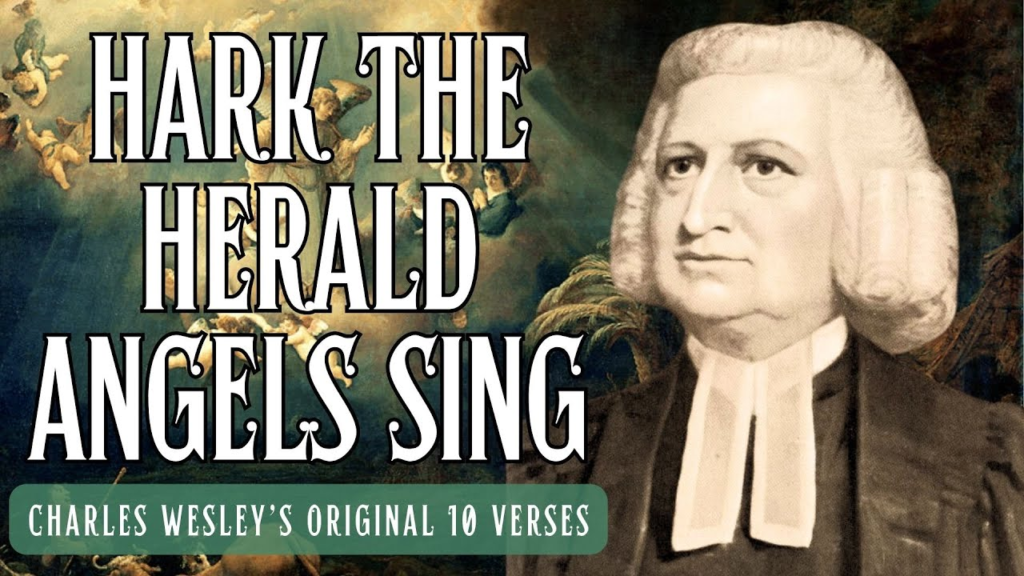
Charles Wesley wrote these lyrics in 1739, but Felix Mendelssohn’s 1840 melody gave the carol its lasting form. Professional singers admire the song’s arching melodic lines and opportunities for descant harmonies. Orchestral arrangers consistently find new ways to showcase the piece’s dramatic possibilities. Music historians note how the carol combines Methodist theology with sophisticated Germanic musical traditions.
The song presents unique challenges for choral groups due to its wide vocal range. Church musicians typically perform this carol with full organ accompaniment to support the broad melodic lines. Recording engineers pay special attention to capturing the full frequency range of choir and organ together. Modern arrangers continue to create fresh interpretations while maintaining the carol’s essential character.
2. O Come, All Ye Faithful
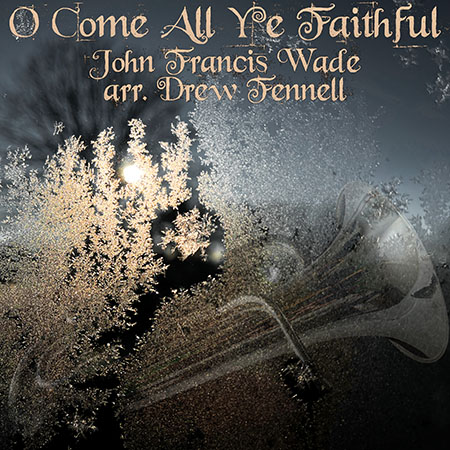
John Francis Wade published this hymn in Latin during the 1740s. Frederick Oakeley’s English translation appeared nearly a century later. Professional musicians praise its elegant melodic construction and natural crescendo through each verse. Choral directors frequently choose this piece to open Christmas concerts due to its rousing character.
1. We Wish You a Merry Christmas

Traditional English carolers developed this holiday greeting song in the West Country during the 1800s. Professional musicians appreciate its perfect blend of musical sophistication and popular appeal. The song originated among groups of wassailers who performed for wealthy families in hopes of receiving treats and drinks. Music historians note how the mention of “figgy pudding” places the carol firmly within British Christmas traditions.
The carol features distinctive rhythmic patterns that set it apart from other traditional holiday songs. Musical analysis reveals careful construction of both melody and harmony despite its apparently simple nature. Choral directors value its effectiveness as a concert closer. Modern performances often incorporate theatrical elements, with some groups acting out the demands for figgy pudding.




